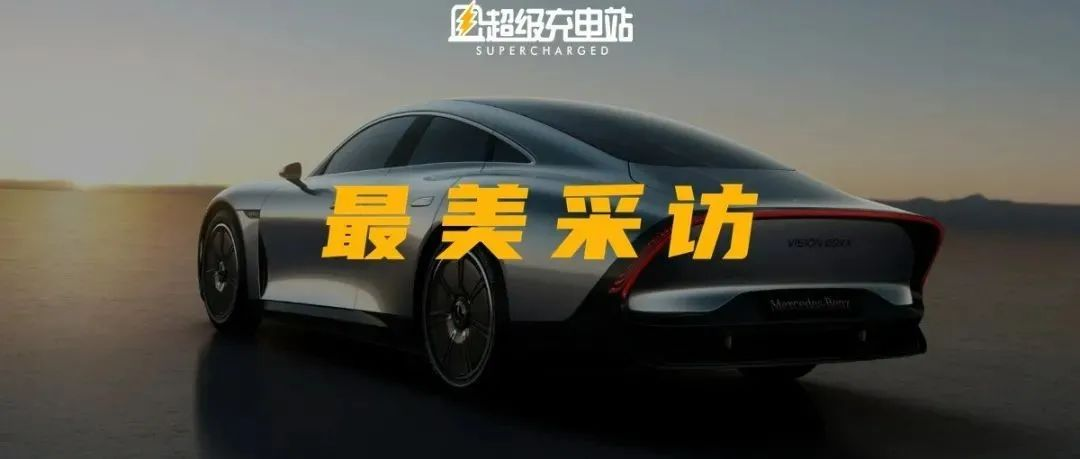Author: Chang Yan
CES is starting again, and it’s time for interviews with overseas automotive industry experts and leaders.
However, for most interviewees, they are too unfamiliar to readers, and they have low recognition whether it’s the name or the photo.
But this time, I must put the profile picture of the interviewee at the forefront for the reason that she is the most beautiful interviewee I have met in so many years of interviewing experience.

She is Ms. Jasmin Eichler, the head of the Future Technology Research Department of Mercedes-Benz AG.
And the deeper meaning is that she mainly explains the VISION EQXX concept car, a similarly beautifully designed and visually stunning product.
To a certain extent, I think the status of EQXX is underestimated.
Indeed, for a long time in the past, there was a huge gap between concept cars and production cars, and many concepts and products were actually not available to consumers.
However, in the era of smart electric vehicles, with the introduction of the value of software, it is possible to extend forward-looking research technology from concept cars to production cars in an original way.
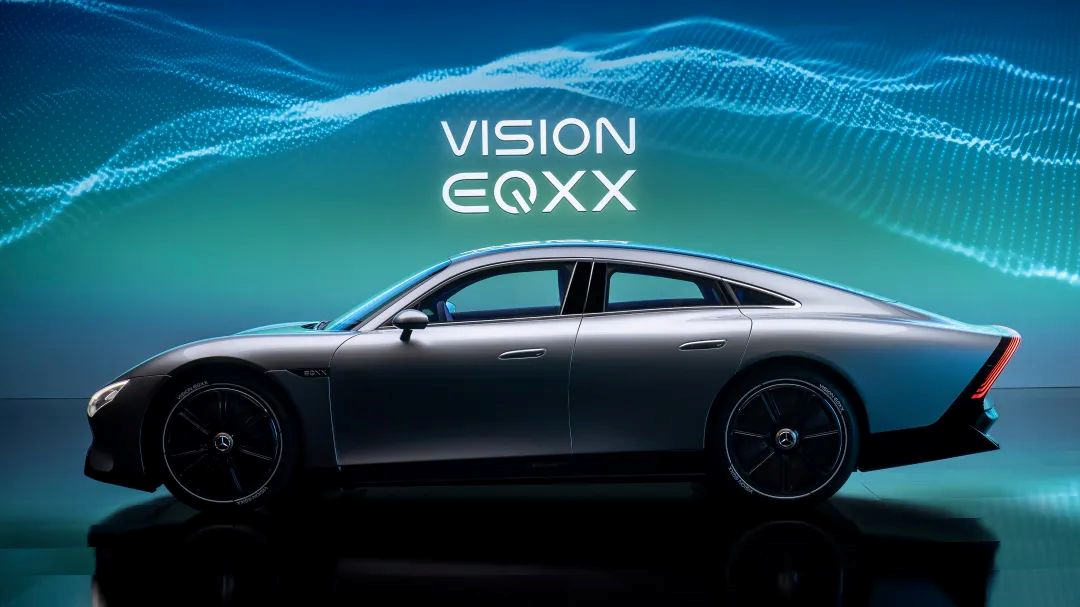
The biggest significance of EQXX is to make us realize that Mercedes-Benz’s direction in the electric transformation period is correct, and the technological weapons needed for future competition are also being tempered.
About Mass Production
Many people regard EQXX as the prototype of the next-generation EQ flagship sedan, and many of the advanced technologies in it are also what potential car owners are eager to use.
Ms. Jasmin Eichler said, “The VISION EQXX concept car is a technology exploration project that uses many innovative technologies. Through continuous technological research and continuous efforts, we hope to see these innovative technologies applied to more mass-produced models after 2024.”
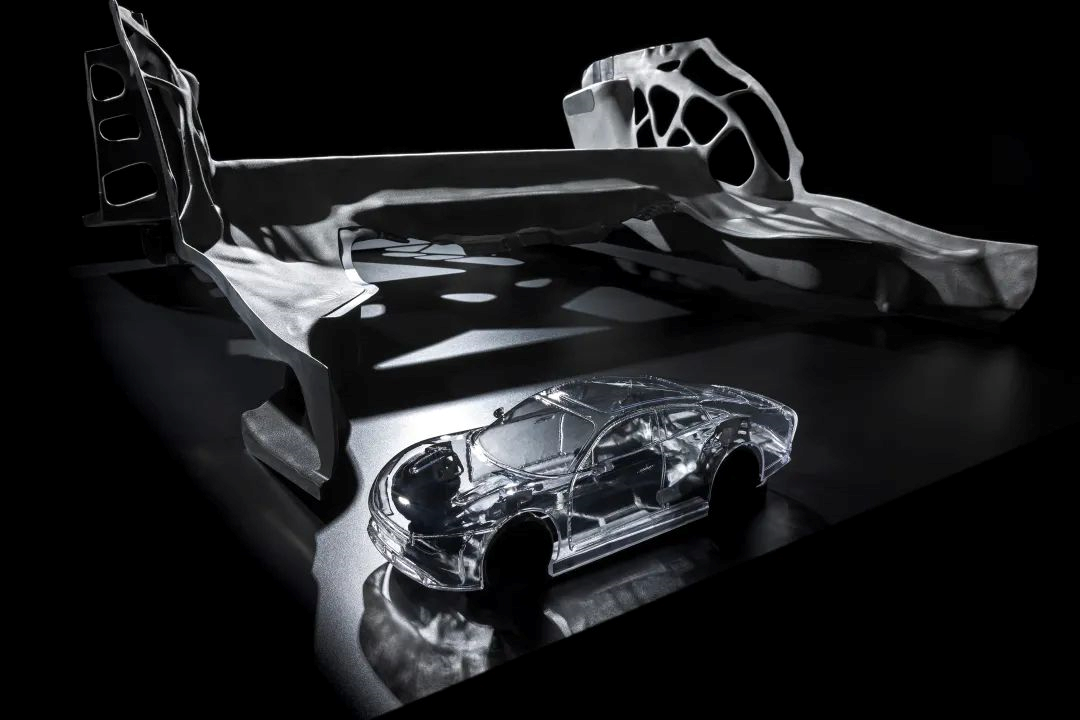
2024 will become the core key point for the next generation of Mercedes-Benz’s three-electric and software technologies to enter the market.
Markus Schäfer, a member of the Daimler AG and Mercedes-Benz AG Board of Management and Chief Technology Officer, added more details.
“We don’t just see the VISION EQXX concept car as a simple concept car. In fact, it is a future-oriented technology project and the prototype of the next-generation platform models.”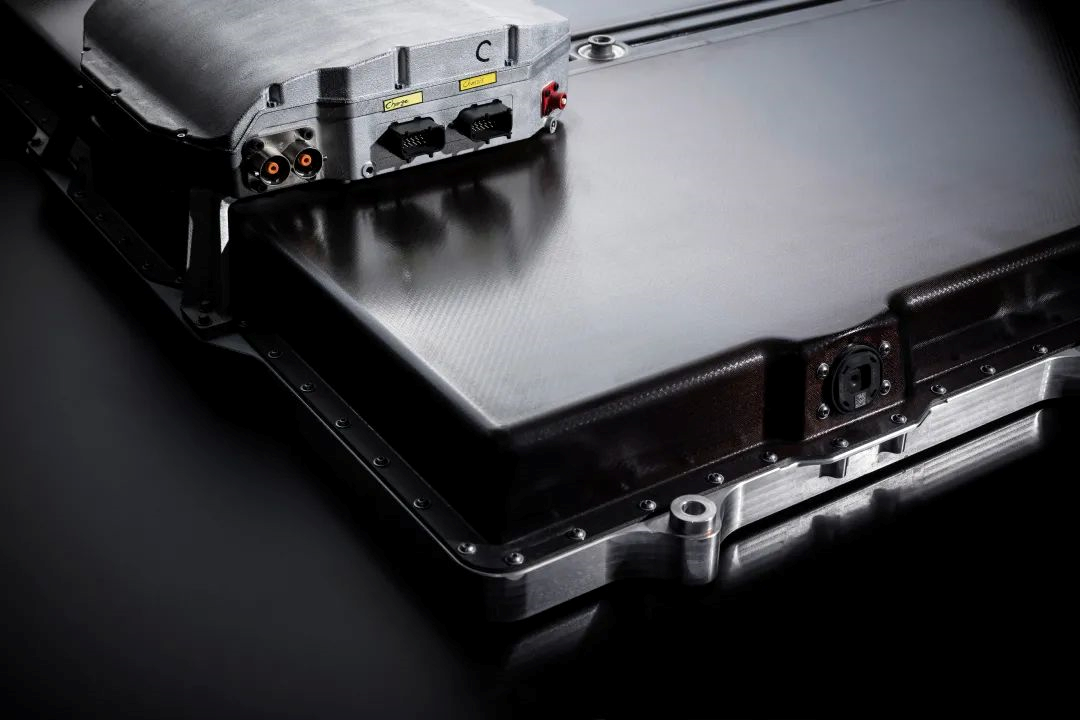
“The next-generation products that will be launched in the future will reflect the electric drive system, battery structure, inverter, and many technical components – such as the sunroof solar panel and body structural castings.

Among these key components related to experience, intelligence is the most important experience. The UI/UX on EQXX is regarded as the early version of the next-generation MBUX interaction, which will be applied to medium and new-generation electric vehicles before and after 2024.
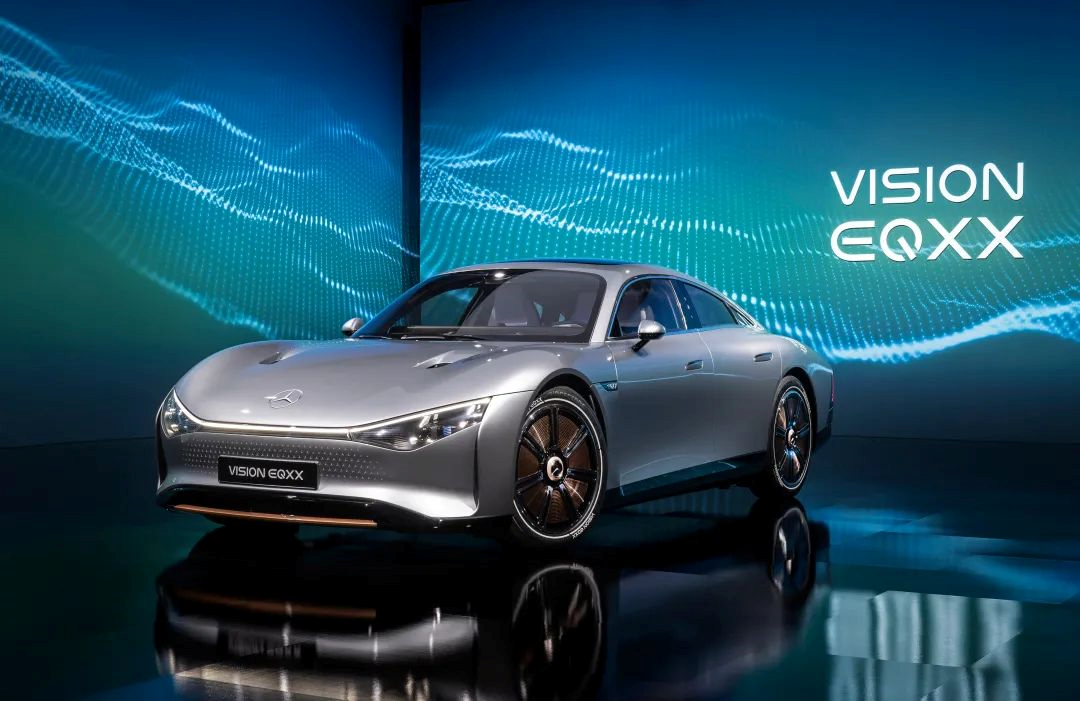
As expected, advanced technologies such as L3 level automated driving, which has been applied to S-Class and EQS, will not be absent.

However, many innovations still need progress in the entire industry. “For example, some leather used in the VISION EQXX concept car is extracted from cactus fiber or mushroom fungus material. In addition, the development of battery insulation materials is based on sugarcane waste, but there is still a long way to go before these new sustainable materials are put into mass production, and these materials are still in the early stage of research and development without large-scale car use.”
By understanding EQXX’s new technology, you will understand the competitiveness of EQ’s next-generation products.
The secret of 1000km range
Getting straight to the point.
What standard is used to achieve the 1000km range for EQXX?
Although many car manufacturers have boasted of “breaking through the 1000km range” for their models this year, it is well-known that most of these achievements are tested under the NEDC or even the CLTC standard, which means they will inevitably face discounts under daily driving conditions.
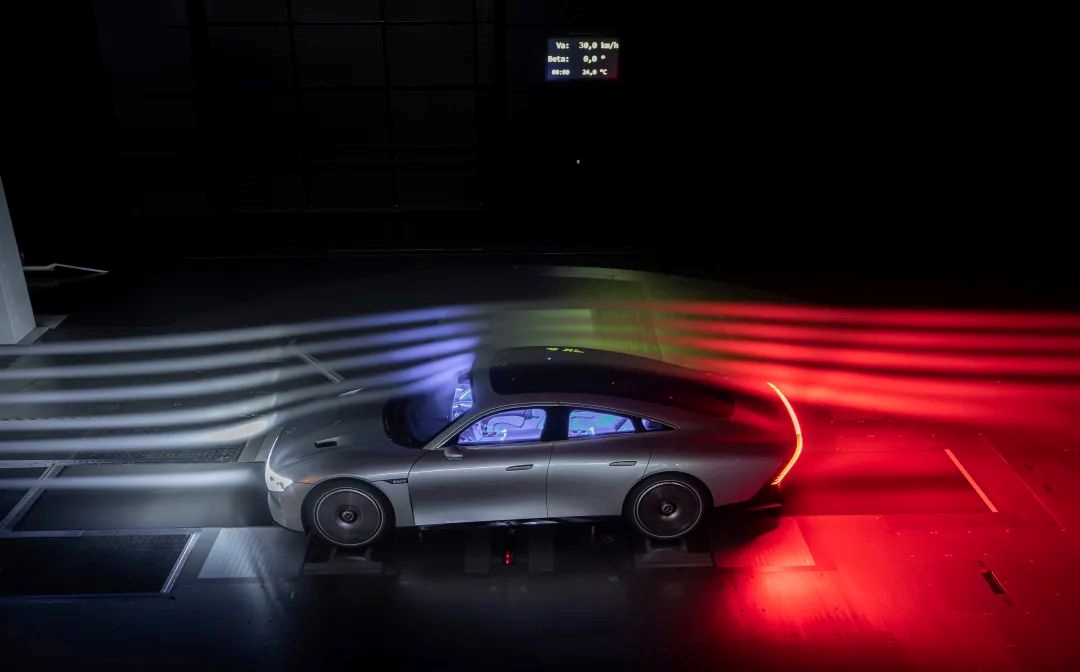
In people’s minds, advanced standards such as EPA and WLTP undoubtedly have higher reference significance.The answer from Jasmin Eichler is very surprising: “The 1000 km range is a very conservative figure obtained through digital data comparison and on-site testing, which means that the 1000 km range is even more conservative than the WLTP test cycle.”
“If tested using the WLTP test cycle, the actual range will be even higher.”
The entire battery cell of the EQXX comes from CATL, “they have been closely cooperating with us throughout the entire process of optimizing the battery cell.”
The performance and structural design of the entire battery pack also heavily use F1 technology achievements. “By using a race-inspired battery pack design, the goal is to achieve optimized energy efficiency. We worked closely with F1 engineers during the VISION EQXX concept car development process, discussing battery technologies such as high-energy density battery cells, battery pack sealing, and more advanced electronic systems. We learned a lot during this development process.”
“We use a more advanced inverter jointly developed by technical teams in Stuttgart and F1 teams, which mainly uses silicon carbide materials.”
While other automakers are still sprinting towards 800V technology, Mercedes-Benz has already begun experimenting with 900V architecture. “The 900V architecture can not only achieve higher efficiency in power performance, but also further reduce the losses of inverters, and also support more lightweight or more compact design solutions, helping us continuously break various technical limits.”
“We hope to make charging as fast as refueling. Just like filling up a tank takes 5-6 minutes, we hope that charging can be completed in 6-8 minutes, and this requires innovative technologies to achieve.”
In addition, the solar system of EQXX has become an important technology driving the expansion of range. “We use the solar system to achieve the function that originally required high-voltage batteries to power transformers, reducing energy consumption of the high-voltage system.”Xue Fuming also mentioned that “this lightweight lithium iron phosphate battery powered by solar panels is placed in the front of the vehicle. Currently, the electrical energy converted by the solar panels is stored in the lithium iron phosphate battery, which specifically serves the low-voltage battery system. In the future, it can also be directly stored in the high-voltage main battery system through a transformer. Based on this, we have a patented technology that will directly enhance the range of electric vehicles with the electricity produced by solar power.”
Beyond hardware, software is another key component of the vehicle’s performance.
Have the Car Imitate the Human Brain
On EQXX, “software innovation” is equally important as “electric power drive.”
Although EQXX’s intelligent interactive core still uses a large screen, the software’s demands have gone beyond just a big screen.
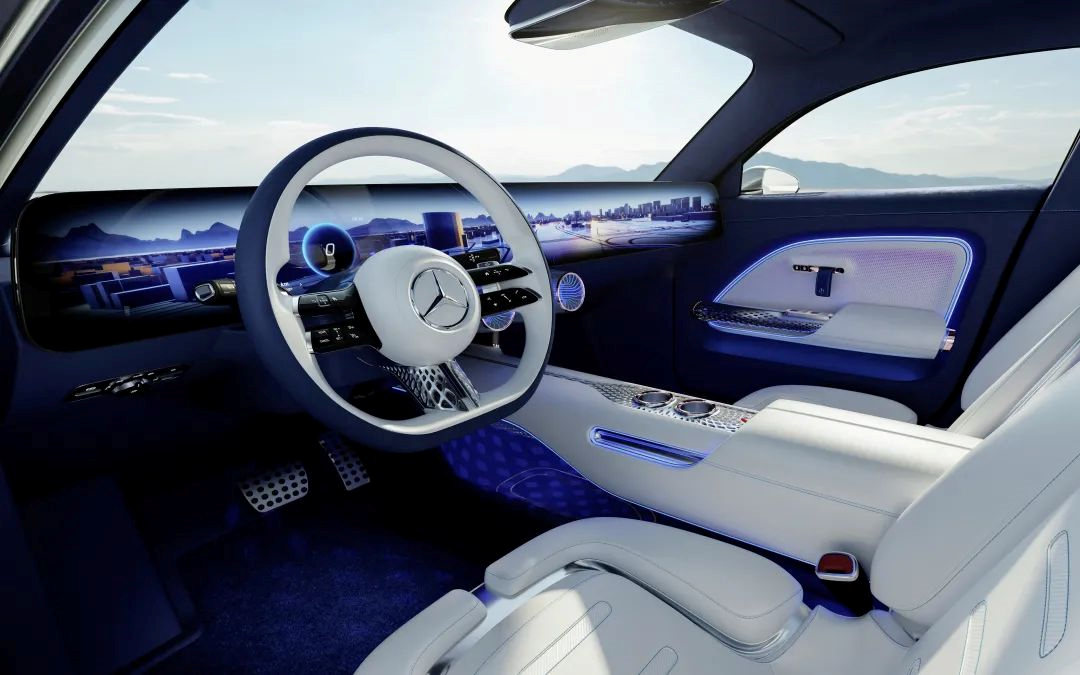
From the interview, two adjectives left the deepest impression on me.
First, “only provide drivers with the information they need.”
“To achieve this, we have used a lot of artificial intelligence technology. The all-in-one screen and sound system in the seat have been integrated. When necessary, the sound system in the seat will issue warnings to remind the driver. For example, during driving, the sound system in the seat can suggest the driver control the speed by combining the driving speed, efficiency, and current driving style.”
“Of course, this information and tips will only appear when necessary. At other times, the entire screen will maintain a simple, harmonious, and beautiful state. In addition, our screen uses mini LED technology, which is composed of 3,000 LEDs. When information display is unnecessary, the screen will dim parts of the area which saves energy. Therefore, while having excellent visual effects, the all-in-one screen will not cause information overload.”
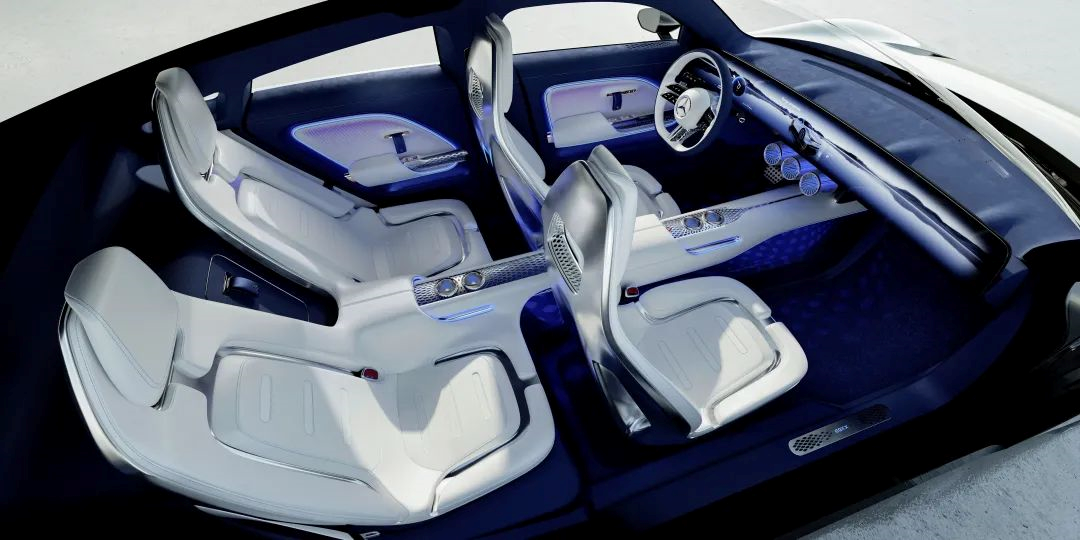
“All of this is achieved through background calculation and perception functions, and it is displayed on an ultra-large screen. This ultra-large screen is also one of the largest in-vehicle displays in the industry.”
Second, “the logic of imitating the human brain.”
EQXX’s voice system uses a neural morphological system. “In the research process, we hope to find a chip technology that can help improve efficiency and overall intelligence level. Therefore, we use neural morphology calculations.”
“We are interested in this technology because it can simulate the logic of the human brain and even emulate some important sensory functions, such as vision. The human brain itself is a very powerful ‘computer’ but it does not consume a lot of energy while running, which is one of the basic reasons why we are interested in neuromorphic computing. In the future, we can imagine that neuromorphic computing may enable more functions, such as interpreting and judging signals inside and outside the car through visual sensors.”
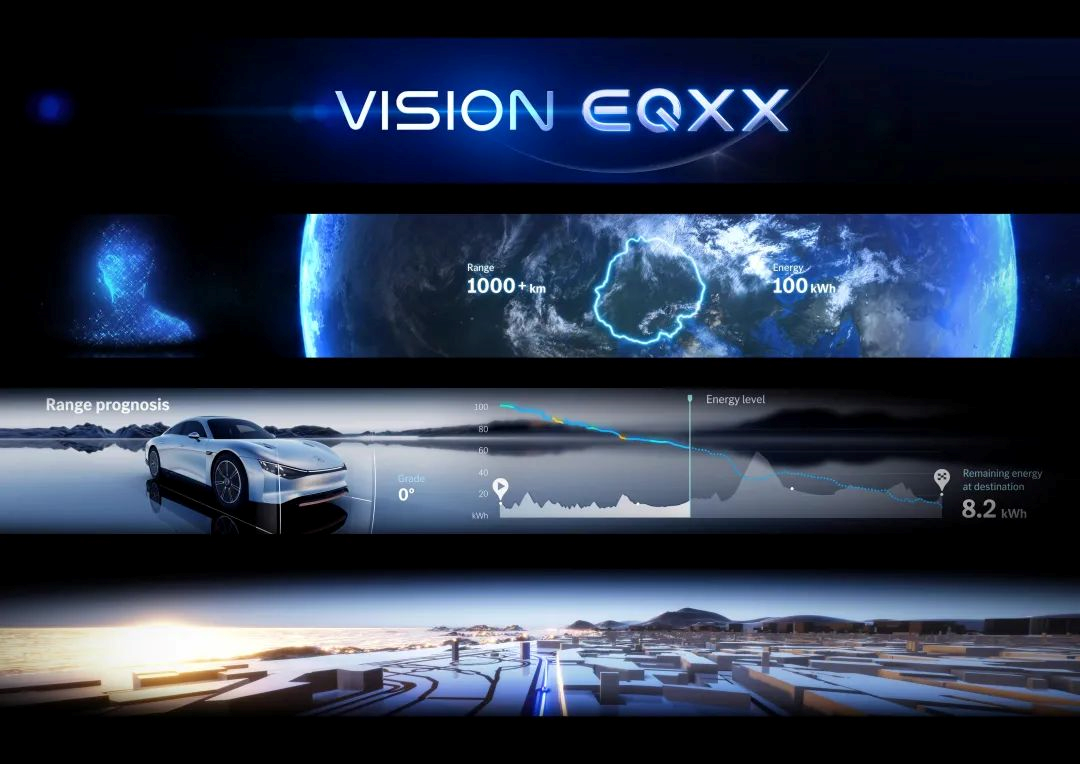
“In the software development system of Mercedes-Benz, self-development and cooperation will be equally emphasized. We believe that both must be considered for the overall performance of the vehicle. For the software that is most critical to vehicle performance, most innovative, and able to bring differentiated competitive advantages, we hope to develop it independently. However, this does not mean that we will disregard the excellent software achievements developed by suppliers and partners. We always combine the best software from suppliers and partners with our own research and development.”
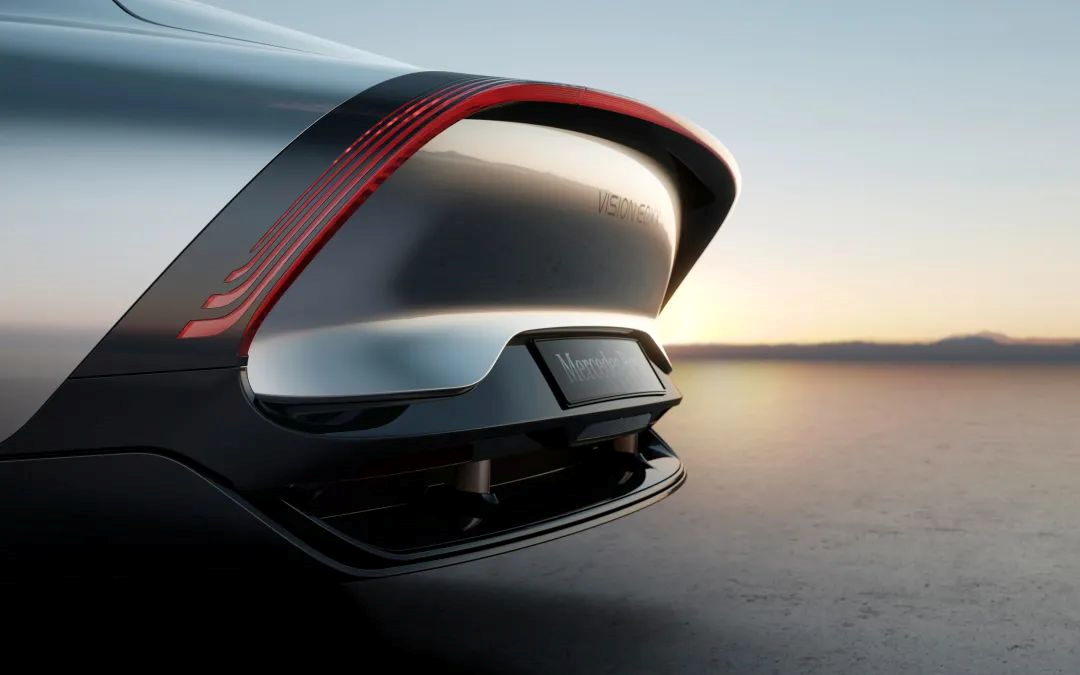
“We are also constantly increasing our investment in self-software research and development. For the VISION EQXX concept car, we combined existing software technologies with innovative software developed specifically for this concept car. For some specific usage scenarios of Chinese users, we are also constantly expanding the scope of research and development to deepen our efforts.”
By the way, don’t miss the FSD video today.
This article is a translation by ChatGPT of a Chinese report from 42HOW. If you have any questions about it, please email bd@42how.com.
